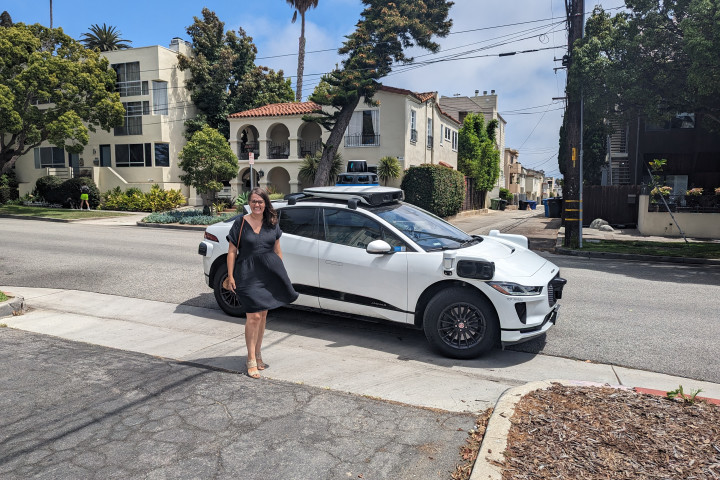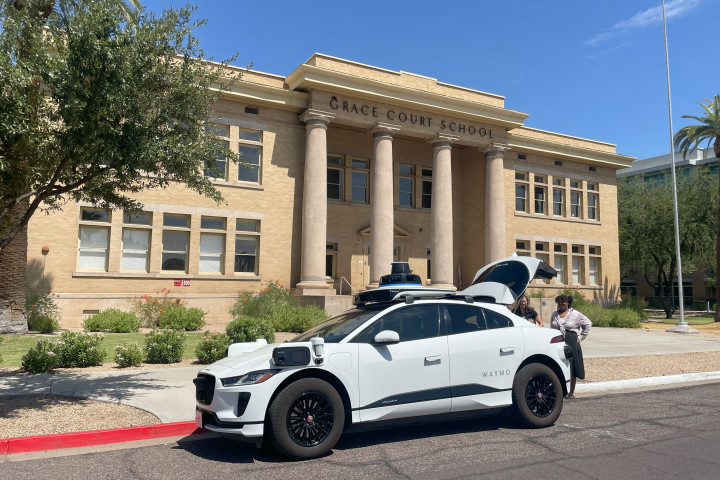How to keep our youngest passengers safe on the road
September 23, 2020

Every September, road safety organizations observe Child Passenger Safety Week as a time to help people understand the importance of safe travel protocols for our youngest passengers, including car seat safety — how to choose them, install them correctly, and register them with manufacturers to receive safety updates.
Children are thought of as our most precious cargo, but they are also the most vulnerable. The state of Tennessee recognized this fact when it issued the country’s first child passenger safety law in 1978, requiring guardians to place their children in an approved child restraint system. AAA clubs across the country have worked to enact stronger child restraint laws in every state and the District of Columbia since 2002.
Despite all this, car crashes continue to be the leading cause of death for children under 13 years old. Many of these crashes are preventable.
On top of all this, other factors exacerbate the risk of child passenger fatalities: improperly installed car seats and boosters, children not buckled up correctly (or at all), and more. These mistakes could be rectified—and children’s lives could be saved—in part through education, knowledge sharing, and awareness.
During this week, people are encouraged to learn about safety protocols and the various factors that go into ensuring that a car seat is right for their children, such as the proper seat based on age and size.
The National Highway Traffic Safety Administration (NHTSA) offers parents recommendations for choosing the right car seat for their child. Parents should be prepared to answer the following questions in order to “right-size” a car seat for their family vehicle:
How old is your child and what is their size?
Car seats should always be chosen based on a child’s age and size. Your child may need a rear-facing car seat, a forward-facing seat, or a booster seat. Explore these child car seat resources from AAA to learn about each kind of seat and the installation pointers for each.
Have you read the car seat manufacturer instructions and the car seat instructions included in your vehicle’s owner’s manual?
It’s important to read the installation instructions supplied by the car seat manufacturer, especially to ensure you’re using the right seat for your child’s height and weight. Installation of the car seat may vary depending on the vehicle. For personally owned vehicles, owner’s manuals will often have a section on car seats to reference when installing a car seat for the first time in that vehicle.
Has your car seat been inspected?
Car seat inspection stations will inspect your car seat free of charge, and may be able to help you install it. Use the NHTSA’s car seat inspection station search tool to find one near you. If you’re unable to visit a car seat check or inspection station in your community, AAA’s clubs in Alaska, Arizona, Utah, Montana, NorCal, Nevada and Wyoming offer virtual inspections. Because only 1 out of 4 car seats is properly installed, parents and caregivers are encouraged to have their child safety seats inspected by a professional on National Seat Check Saturday, which falls on the fourth Saturday in September. If you’re unable to visit a car seat check or inspection station in your community, AAA’s clubs offer virtual inspections.
Of course, no one has to wait for a specific date to take action. Every day offers a chance to learn about how to make our youngest passengers safer.
Autonomous Vehicles: Built with Passenger Safety in Mind
For decades, car safety has been primarily designed around drivers and mitigating the effects of a crash.
Fully autonomous vehicles are different. Instead of being designed to just mitigate the impact of crashes on passengers, they are designed to make safe driving decisions to avoid crashes in the first place. They assume all functions of a human driver and can be specifically designed with passenger safety built in. For example, Waymo’s autonomous vehicles are designed to obey traffic laws, maintain constant vigilance, and make good driving decisions around other road users.
The whole family can ride together with the Waymo Driver, which is why Waymo includes a front-facing car seat and booster seat in vehicles in its Waymo One ride-hailing fleet, ensuring that some of our youngest passengers have a means to buckle up safely.
Every passenger deserves a safe ride. For additional child passenger safety tips, visit the National Safety Council and the Centers for Disease Control and Prevention.
Sign Up
Join us in the most important conversations about how autonomous driving technology may shape the future of safety, mobility, community, and society.


